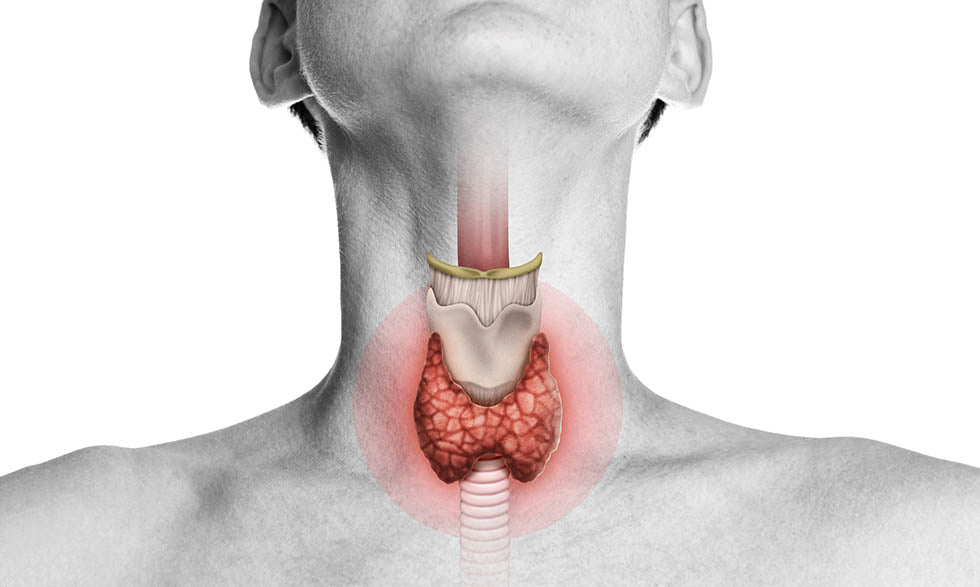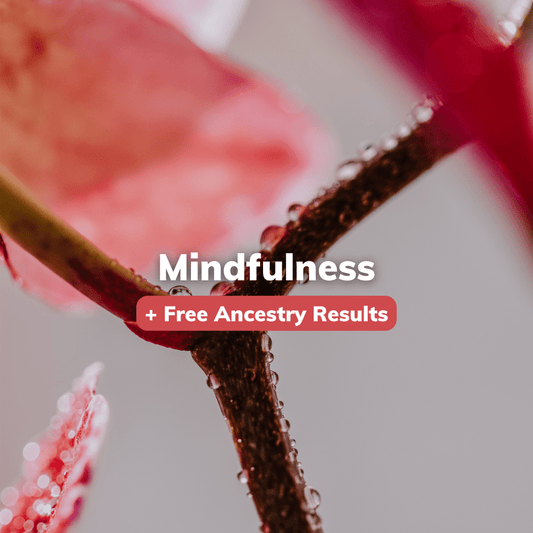
Hypothyroidism: An Underactive Thyroid and Its Consequences
BioCertica Content TeamHypothyroidism, also known as an underactive thyroid, is a common condition where the thyroid gland does not produce enough thyroid hormones. These hormones play a crucial role in the body's metabolism, growth, and development. When their levels are low, bodily processes slow down.
The most common cause of hypothyroidism is Hashimoto's disease, an autoimmune condition where the body's immune system attacks the thyroid gland. Other causes include certain medications, treatment for hyperthyroidism, radiation therapy, thyroid surgery, and congenital issues.
Symptoms of hypothyroidism can be subtle and develop gradually. They include fatigue, weight gain, cold sensitivity, depression, thinning hair, dry skin, and slowed heart rate.
Hypothyroidism is typically diagnosed through blood tests measuring levels of thyroid-stimulating hormone (TSH) and thyroxine (T4). Treatment for hypothyroidism involves taking daily hormone replacement medication, like levothyroxine, to restore hormone levels and reverse symptoms.
While hypothyroidism can't typically be prevented, regular thyroid function tests can ensure early diagnosis and treatment. Those with a family history of thyroid disorders, who have undergone thyroid surgery or radiation to the neck, or who have other autoimmune diseases are particularly encouraged to get regular check-ups.
Managed properly, hypothyroidism can be a manageable condition with minimal impact on quality of life. However, untreated or poorly managed hypothyroidism can lead to complications like heart disease, infertility, and in severe cases, myxedema, a life-threatening condition.
References:
- Chaker, L., Bianco, A. C., Jonklaas, J., & Peeters, R. P. (2017). Hypothyroidism. The Lancet, 390(10101), 1550-1562.
- Caturegli, P., De Remigis, A., & Rose, N. R. (2014). Hashimoto thyroiditis: clinical and diagnostic criteria. Autoimmunity reviews, 13(4-5), 391-397.
- Roberts, C. G., & Ladenson, P. W. (2004). Hypothyroidism. The Lancet, 363(9411), 793-803.
- Garber, J. R., Cobin, R. H., Gharib, H., Hennessey, J. V., Klein, I., Mechanick, J. I., ... & American Association of Clinical Endocrinologists and American Thyroid Association Taskforce on Hypothyroidism in Adults. (2012). Clinical practice guidelines for hypothyroidism in adults: cosponsored by the American Association of Clinical Endocrinologists and the American Thyroid Association. Thyroid, 22(12), 1200-1235.
- Hollowell, J. G., Staehling, N. W., Flanders, W. D., Hannon, W. H., Gunter, E. W., Spencer, C. A., & Braverman, L. E. (2002). Serum TSH, T4, and thyroid antibodies in the United States population (1988 to 1994): National Health and Nutrition Examination Survey (NHANES III). The Journal of Clinical Endocrinology & Metabolism, 87(2), 489-499.
- McAninch, E. A., & Bianco, A. C. (2016). The history and future of treatment of hypothyroidism. Annals of internal medicine, 164(1), 50-56.



